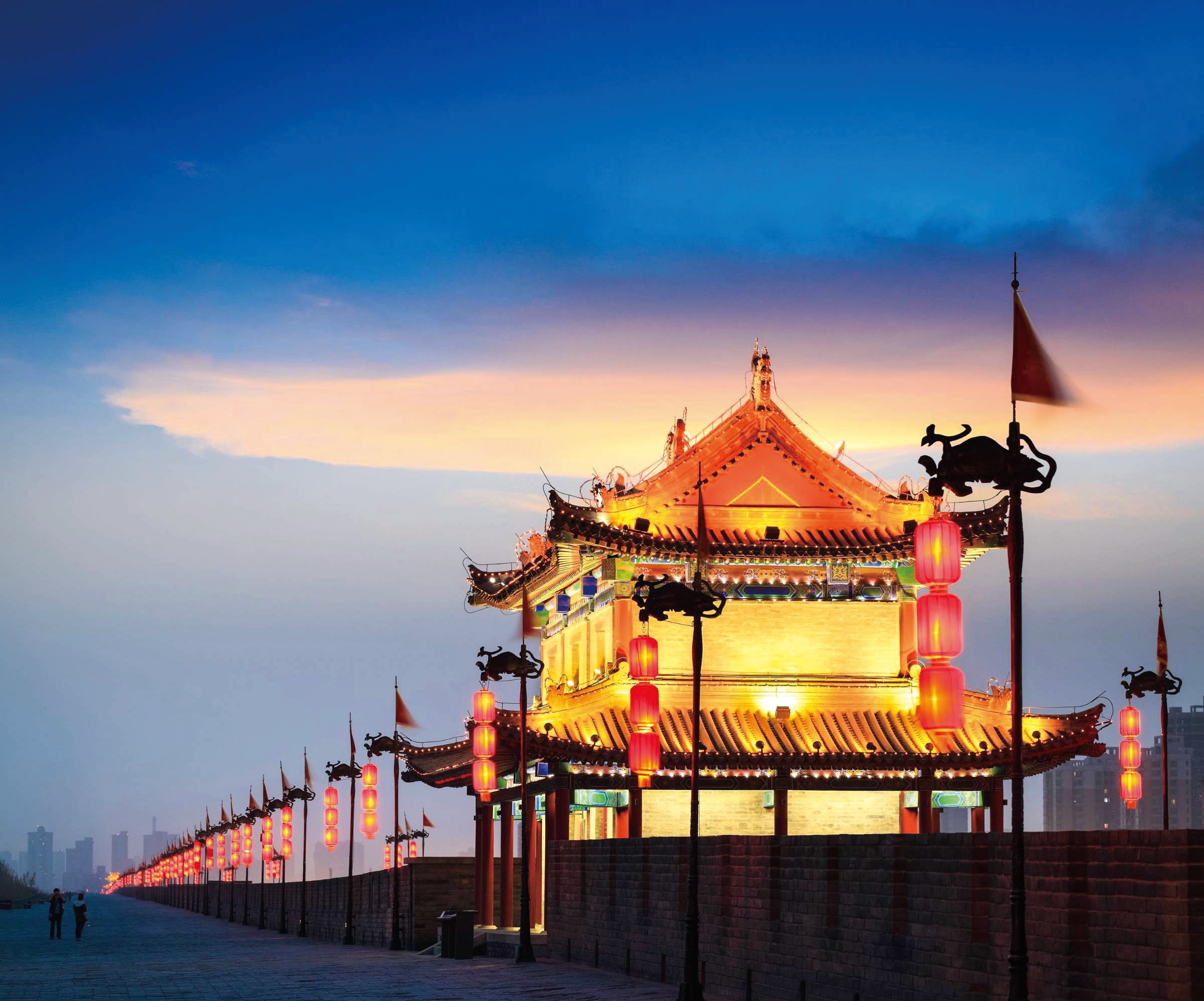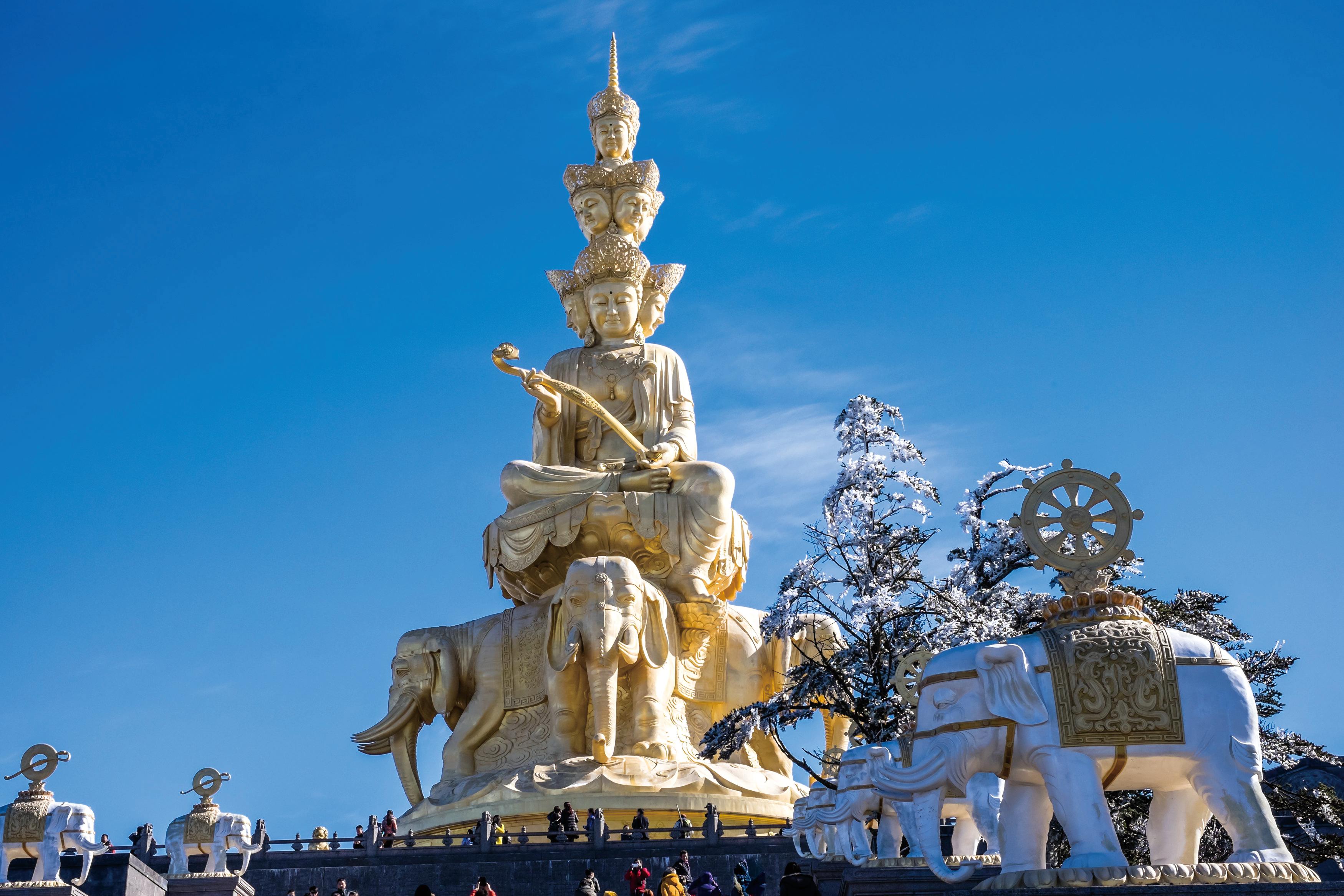转:自媒体时代下传播策略的转变

提炼特色,丰富景区内涵
内容是产品的形象与宣传焦点,是构建品牌故事的重要途径。在观光旅游时代,目的地资源特征和价值成为市场营销的第一步。过去,文旅目的地营销就从“雄、奇、险、秀、幽、旷”揭示自然资源的美学价值,塑造了成功且持久的旅游形象。如黄山“天下第一奇山”、九寨沟“童话世界”的美称,这些品牌形象依然传播多年仍历久不衰。由于名山大川、滨海沙滩是稀缺资源,其核心品牌形象跃然纸上。
与此同时,随着自然资源的进一步发掘及人工打造,部分休闲度假地依托几乎“雷同”的资源条件为卖点,如清鲜空气、纯净河水、茂密森林、广袤山地等。在这种条件下,文旅目的地营销不仅要看清自身优势,还要通过观察市场,据此制定旅游目的地形象,架起目的地和旅游市场之间的桥梁。
目前,国内休闲度假时代旅游市场逐渐细分化成潜水、避暑、医疗、亲子等专项市场快速发育,以丰富的品牌形象,塑造其核心竞争力。以避暑形象为主题的旅游目的地,该产品只有在夏季营利,其余季节具有大量资产闲置,重塑品牌形象显得尤为重要。
例如,河北的崇礼地区本与赤城、沽源以“避暑”为主题,由于崇礼除了夏季凉快之外,海拔相对较高,积雪期长,具备滑雪条件且温泉资源存量丰富。经过产品打造后,其旅游地的形象也因此从避暑地转向了“避暑地+温泉地+滑雪地”,并建立云顶大酒店、高尔夫场等休闲活动,成功打造成独立的密苑生态旅游度假区,并成为2022年冬奥会雪上项目主要举办场地。
快消娱乐,引爆全民传播
任何一种传播都是具有成本效益的,而旅游目的地形象作为区域公共产品,其传播的总体要求是花费花最少的金钱,以最大限度地提升目标形象的曝光率。为此,每一次传播活动都应尽可能地引发连锁效应,放大旅游目的地的形象收益。
在大众娱乐时代,了解与明确与旅游地目标形象相吻合的公众话题,是引发连锁反应的关键所在。公众话题首先要求与公众的切身利益息息相关,例如门票价格、景区大使、美食、物产辨别等等;其次话题要标新立异,例如森林覆盖率面积高,负氧离子充足,湖南桂东打出“醉氧桂东”标题,这样的话题才能引发持续关注;最后是话题对接公众熟悉的知识、人物和事件,往往事半功倍。在传播策略上比较成功的目的地营销活动有大堡礁全球招聘守岛人,以低成本收获媒体长期报道;成都招募熊猫全球守护使活动,让成都以熊猫故乡的旅游形象在世界范围内打响了名堂。
在传播路径上,综合考虑后,结合成本及传播效果来看,口碑传播的方式最好。为此,旅游地应专门制定适合朗朗上口的宣传内容,如峨眉山紧抓机会争创全国第一,如:评级、评优、创优,不管是集体还是个人在国家旅游局的各类评优中几乎都少不了峨眉山的份,形成长期的、全国性行业良好口碑。
西安总结出来的“关中十大怪”,将该市风土人情、特色产品、宗教艺术以歌谣方式串合起来,利于口碑传播。其次文旅目的地选择电视、户外广告、杂志广告、互联网等第三方媒体,特别是移动互联网技术,为旅游目的地形象传播带来了新的机遇。同时,携程、同程、去哪儿、驴妈妈、途牛等等旅游电商巨头们在抢占用户和端口的同时,客观上为旅游目的地形象传播提供了廉价、可靠的传播渠道。

提炼核心,事件切入整合营销
“企业进行市场营销有关的一切传播活动一元化,以此来形成一个统一的品牌形象。”营销学者美国西北大学唐·舒尔茨教授经研究认为,整合营销的传播策略更有利于品牌的持久发展。旅游目的地作为长期品牌,以多种社交渠道传播,更应有其主打的自身品牌定位。如“锦绣潇湘,快乐湖南”,“神秘湘西”,“江西风景独好”等。旅游目的地在各种社交媒体平台中传播信息与要旅游目的地定位相统一,保证旅游目的地品牌形象的整体性和一致性。
同时,自上至下,由单路径传播的营销方式在自媒体时代略显乏力,准入门槛低,互动交流强,以众包创新的手法激发网民参与主动传播的方式正大行其道。
传统的旅游目的地品牌传播倾向于巧用事件活动。如张家界就利用“天门山”这一独特景点策划多次事件,如战机穿越天门山,高空倾斜走钢丝的活动,就令张家界天门山名声大噪。大兴安岭策划漠河景区之旅,以文化名人+自驾大咖全程带队为噱头,通过特色的极光主题自驾游,打造漠河冬季冰雪主题自驾游目的地推广,吸引各大平台转载宣传。
同时,在社交媒体平台上,众多“社交媒体红人”具有强大召唤力,充当着特定领域的意见领袖,旅游目的地营销科有效利用名人推广效应,选择合适的红人形象进行推广,将快速提高传播效率。

The Shift of Communication Strategy Under We-Media
Charged by hours, traditional marketing on television has been fading away since the emergence of We-Media. And marketing and advertisements rely heavily on being forwarded and thumbed through the Internet. Therefore, how should travel destination marketing go and connect to travelers emotionally?
Contents are the image and focus of the product, also an important way to establish brand story. The characteristics and value of destination resources used to be the first step of marketing.
Usually, the previous marketing emphasized the anesthetic value of natural resources from the perspective of “grandness, specialty, risks, beauty and remoteness”, and the typical images remain popular for many years. Famous mountains, rivers, beaches are scarce resources, which cannot be replaced easily.
In the meantime, the further exploration of natural resources renders a batch of similar resorts with fresh air, clean water, dense forests and vast mountains. Under the circumstance, the destination marketing not only needs to figure out their own advantages, but to observe the market and customize an image for themselves.
Diving tour, medical tour, family tour are gaining popularity, enriching their contents and building up their own core competence. The summer resorts only profit in summer, so it’s of great importance to re-build their images.
Propaganda Through Internet and Entertainment
The propaganda of tourist spots requires the minimum of money and the maximum of exposure. Therefore, every propaganda should trigger knock-on effect as much as possible, to amplify the image profit of travel destinations.
The crux of triggering chain effect of propaganda in the era of mass entertainment is to know explicitly the corresponding public topics of travel destinations. In order to attract constant concern, topics need to be closely-related to the public, innovative and familiar. In terms of communication channels, word-of-mouth communication is best way if you take communication cost and effect into consideration.
Furthermore, third-party media including television, outdoor billboard, magazine ad or internet media will render a brand new opportunity for the communication of cultural tourism destinations. In the meantime, the tourism ecommerce giants such as Ctrip, Tongcheng, Qunar.com, Lvmama.com and Tuniu.com offer cheap and reliable communication channels for destinations.
Multi-Channel Marketing Enhances Brand Influence
Integrated marketing is more beneficial for the long-term development of brands. As a long-haul brand, destination should position itself in a special way and publicize itself in multiple channels. Additionally, the reconciliation of brand images especially in media platforms should be attached great importance.
Nowadays, single-way publication is not strong enough in the era of We-media, so activating netizens to join in the propaganda actively is the most powerful way with easy access and strong interaction. Popular Internet celebrities are regarded as somewhat opinion leaders in some specific areas. Tourism destinations may take advantage of the popularity of proper celebrities and make a plan to promote the destinations.
本网站部分图片来源于网络,如有侵权,请联系780236430@qq.com ,我们会在5个工作日内查证删除。图片其版权均归原作者及其网站所有。


